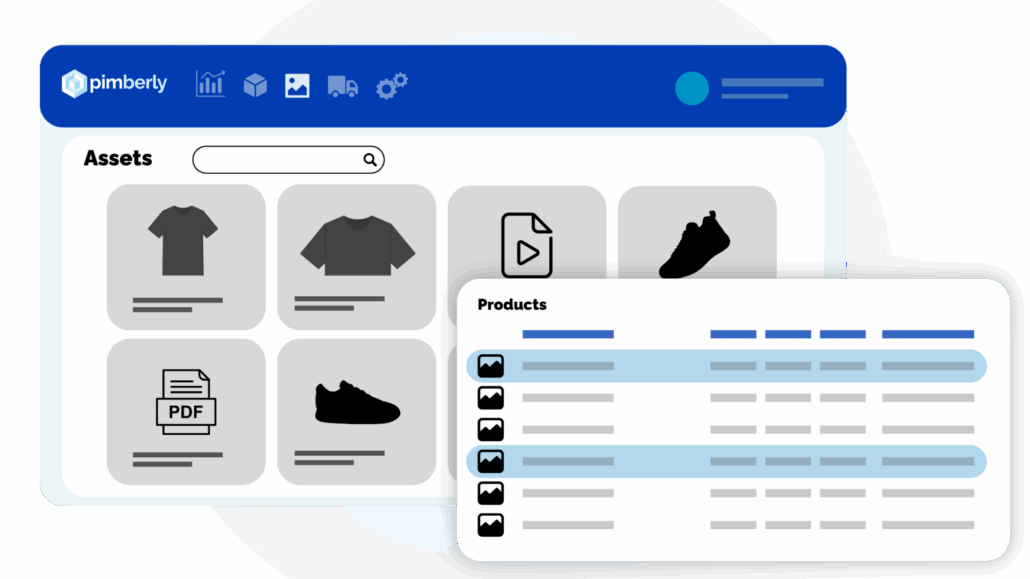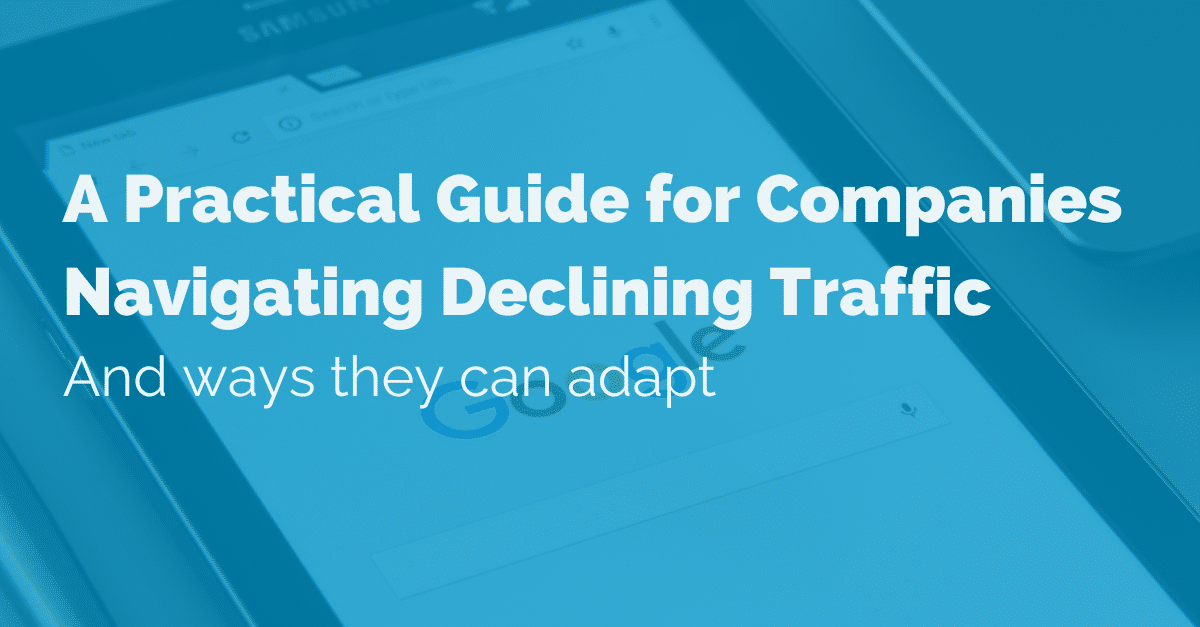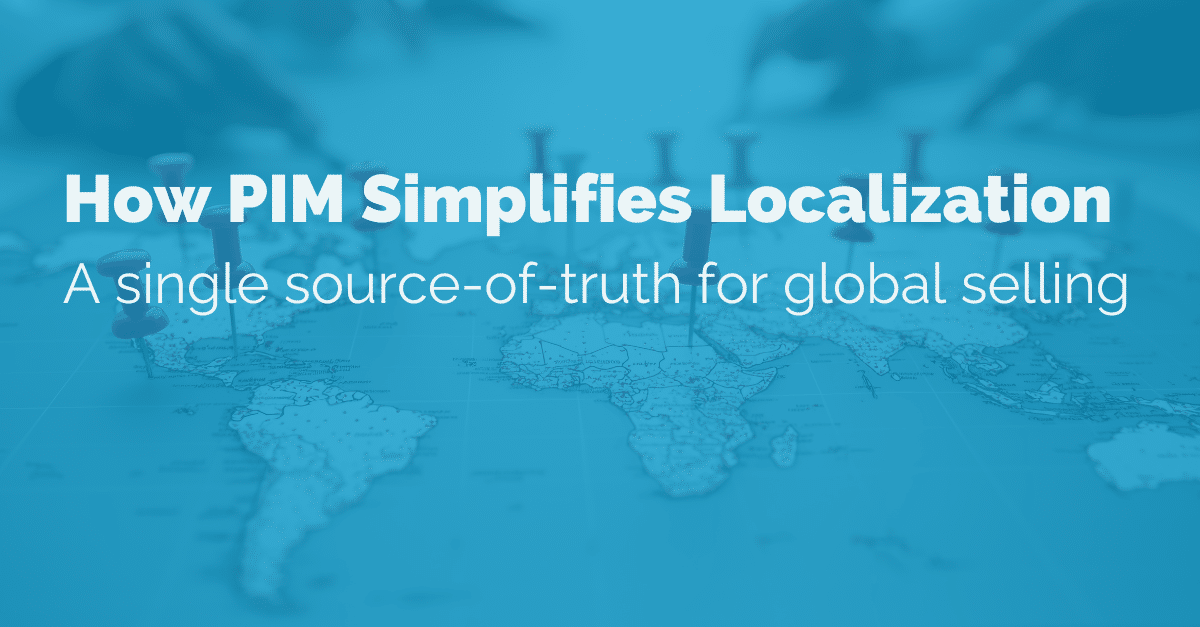Key Takeaways
- A PIM system centralizes product data, making it easier to manage, enrich, and distribute across channels.
- PIM is essential for scaling eCommerce, reducing errors, and improving customer experiences.
- Companies that invest in PIM see faster time-to-market, reduced returns, and better sales performance.
What Is PIM?
Product Information Management (PIM) is the process and technology that centralizes all product-related data in one hub. A PIM platform ensures businesses can collect, manage, enrich, and distribute accurate product information to every sales channel—whether it’s an online store, marketplace, distributor, or print catalog.

Put simply, PIM acts as a single source of truth for product data. This eliminates silos, reduces errors, and gives teams—from marketing to operations—the confidence that product information is consistent everywhere it appears.
Use Cases
PIM isn’t just for enterprise-level retailers. It benefits any business that sells across multiple platforms. Some use cases include:
- eCommerce expansion: Launch products faster across Amazon, Shopify, BigCommerce, and other platforms.
- Global growth: Manage translations, currencies, and region-specific requirements.
- Omnichannel consistency: Ensure in-store POS systems, websites, and printed materials show the same data.
- Complex catalogs: Perfect for manufacturers, distributors, or retailers with thousands of SKUs.
Why PIM Matters for Modern Businesses
Challenge #1: Inconsistent Product Data
Without PIM, companies often manage product details in spreadsheets or scattered systems. This leads to errors like incorrect descriptions, missing specifications, or outdated pricing. These mistakes frustrate customers and increase returns.
Solution via PIM
A PIM system ensures all teams work from one centralized hub. Updates made in the PIM flow to every connected channel automatically. That means accurate specs on the website, correct labels in catalogs, and consistent messaging across distributors.
Challenge #2: Delayed Time-to-Market

Launching products manually is slow. For example, creating product descriptions, resizing images, and formatting content for different platforms can take weeks.
Solution via PIM
With PIM, businesses can automate workflows like bulk content updates, channel-specific formatting, and even AI-powered product descriptions. This significantly accelerates product launches and seasonal rollouts.
Key Benefits of PIM
Improved Data Accuracy
Accurate product data builds trust with customers. PIM eliminates manual errors by automating updates and standardizing product attributes. Retailers often report fewer returns and higher customer satisfaction when product details are complete and correct.
Faster Time-to-Market
Speed matters in today’s fast-moving eCommerce environment. With centralized data and automated distribution, companies can launch new products in days instead of weeks.
Enhanced Customer Experience
Rich, consistent product information helps shoppers make confident purchase decisions. PIM supports enriched content—images, videos, detailed specifications—that improves conversion rates.
Cost and Efficiency Gains
PIM reduces the manual effort required to manage product data. Teams spend less time fixing errors and more time driving growth. This leads to lower operational costs and higher margins.
Guide to PIM and How It Fits into Your Tech Stack
A PIM system doesn’t work in isolation—it integrates with your wider digital ecosystem:
- ERP systems for inventory and supply chain data
- DAM systems for managing digital assets like images and videos
- eCommerce platforms like Shopify or BigCommerce for online selling
- Marketplaces such as Amazon, eBay, or Walmart

By sitting at the center of this ecosystem, PIM ensures every platform and partner has access to the same reliable product data.
How PIM and AI Go Hand-in-Hand
Modern PIM solutions often integrate with AI-powered tools to further enhance efficiency. AI can:
- Generate product descriptions tailored to different audiences.
- Recognize and tag product attributes from images.
- Translate product data into multiple languages.
- Suggest missing attributes to improve data quality.
This evolution makes PIM more than just a database—it becomes an intelligent hub for product innovation and personalization.
FAQs About PIM
Q: Is PIM only for large enterprises?
A: No. While large enterprises benefit significantly, PIM is equally valuable for growing businesses. Even small retailers expanding into new channels can see huge efficiency gains.
Q: What’s the difference between PIM and DAM?
A: PIM manages product data like descriptions, specifications, and pricing. DAM (Digital Asset Management) focuses on digital media like images, videos, and PDFs. Together, they create a seamless content ecosystem.
Q: How long does it take to implement a PIM?

A: Timelines vary, but most mid-size companies can implement a PIM solution within 3–6 months, depending on catalog complexity and integration needs.
Takeaways for eCommerce Managers Exploring PIM
To summarize:
- A guide to PIM shows that centralizing product data creates consistency, accuracy, and scalability.
- Businesses using PIM improve time-to-market, customer trust, and global reach.
- Whether you’re a manufacturer, distributor, or retailer, PIM helps future-proof your operations.
If you’re considering PIM, start by mapping your current product data challenges and identifying where centralization can make the biggest impact.

















